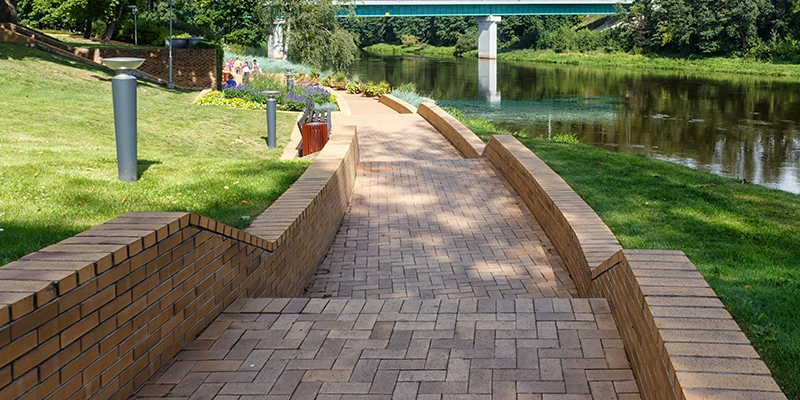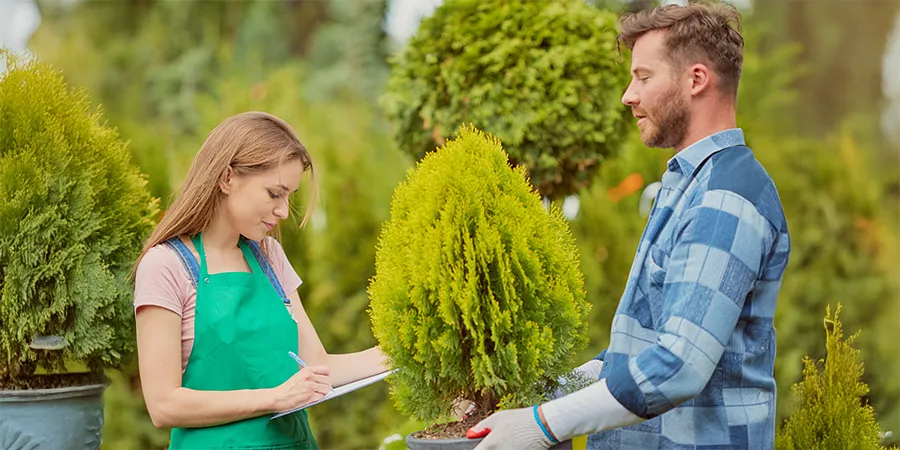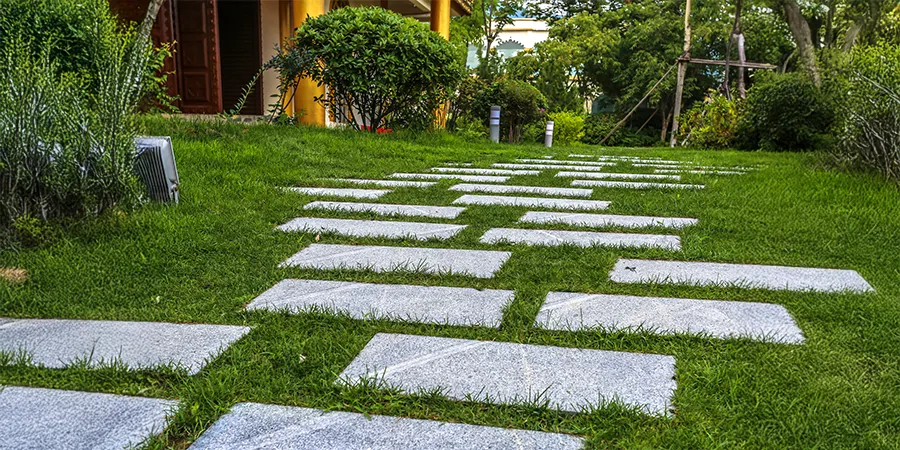They might seem like small features, but paving, stepping stones, and paths play a big role in how your outdoor space looks and functions. Whether you’re guiding guests through a garden or linking key areas on a large property, paving Sunshine Coast landscapes the right way creates flow, reduces wear, and adds visual appeal.
Here’s what Sunshine Coast homeowners should know before installing a garden path, and how to choose between pavers, stepping stones, or a mix of both.
Why Add a Garden Path?
It’s not just about looks. A well-planned path:
- Protects lawns from wear and tear
- Prevents muddy patches in high-traffic areas
- Connects key outdoor zones like patios, sheds, and garden beds
- Makes your space safer and easier to navigate, especially in wet or uneven areas
And when done right, it can become a feature in its own right. Paver, paths and stepping stone tie the whole landscape together.
Benefits of Paver Paths for Paving Sunshine Coast
Paver paths are continuous walkways made with concrete, clay, or stone pavers laid edge to edge. They’re ideal for:
- Main walkways and high-use zones
- Creating a polished, structured look
- Level transitions across sloped or uneven yards
- Integrating with patios, driveways, or other hardscaping features
They’re also great for all-weather access … especially when you pair them with proper edging and drainage.
Creative Uses for Stepping Stones
If you’re after a softer, more natural feel, stepping stones are a fantastic option. These are individual slabs spaced out across lawn, gravel, or mulch. They are perfect for:
- Garden paths that wind through beds
- Side access paths or utility walkways
- Low-traffic areas where full paving isn’t needed
- Adding visual rhythm and character
Popular materials include natural stone, large-format concrete pavers, or even recycled slabs for a more rustic look. Pair them with groundcovers like dichondra or mondo grass to blend the path into the garden.
What to Consider Before Installing
Not all paths are created equal. Poor planning can lead to trip hazards (uneven), puddles (poor drainage), or maintenance issues. Think about:
- Traffic flow: Where do people actually walk?
- Path width: Main paths should allow two people to pass comfortably (at least 1 metre wide)
- Surface level: Paths should sit flush or slightly above the surrounding surface to prevent pooling
- Drainage: Allow water to move off the path and not just sit on it
- Style: Match your materials to your home and landscape aesthetic
A professional installer will help you plan for function and design. Because, no doubt, you want your path to look good and last for years.
Pro Tip: Did you know that the best landscape architects use the concept of desire lines in their planning. If you don’t know exactly where to put your path, just wait to see where people go. They will naturally forge a path and that’s exactly where to put your path!
Need Help Designing a Garden Path?
Perhaps you’re linking a deck to the back gate or building a feature path through a large backyard. Whatever it is you’re thinking about doing, Greener Landscaping installs pavers, paths and stepping stones across the Sunshine Coast, tailored to your space, style, and budget. Call us on 07 4120 7807. We’d love to help you pave the way to a better looking garden.
What to Know About Paver Paths and Stepping Stones
Paved paths and stepping stones are small features that make a big difference. They guide movement, improve safety, and add charm to any landscape.
Paver Path Benefits
Defined walkways protect your lawn, prevent muddy patches, and tie garden zones together.
Stepping Stone Ideas
From large-format natural stones to recycled pavers, they add personality while keeping things low-maintenance.
What to Consider Before Installing
Think about layout, traffic flow, surface level, and drainage. A good installer will help align design with function.



